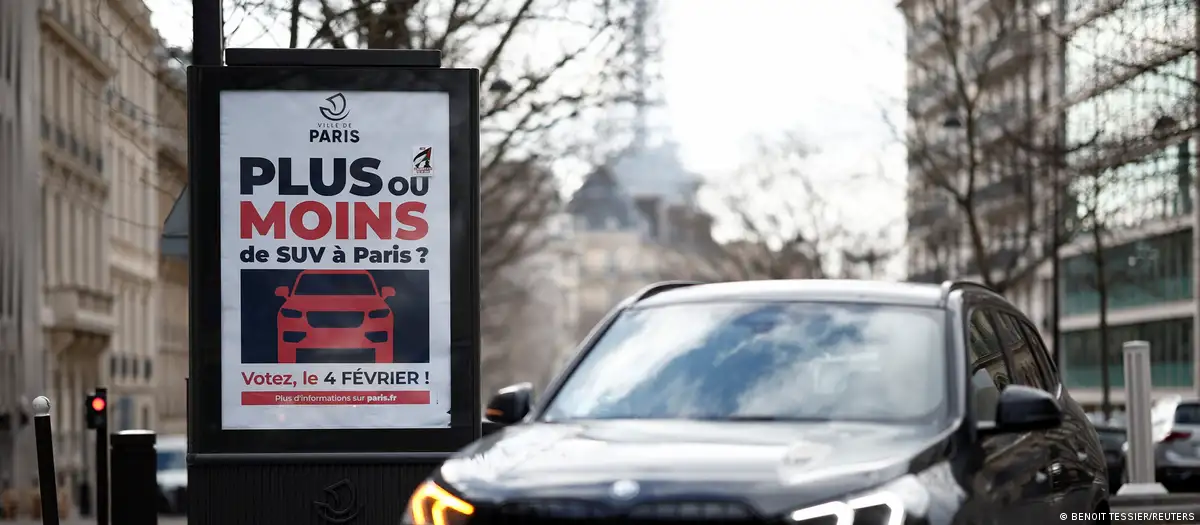Human-centered design to go beyond the mere “what customers want”

Media often write about how companies and organizations use surveys, big data analysis, focus groups, and recently AI to conduct consumer or market research and plan for the future of their products and services including their sales strategies, their positioning and their product innovation.
Some have even claimed that the premise on which human-centered research and design is based is all but dead. The double diamond can be retired, some argue. Others write that the entire human-centered approach can be replaced by AI-generated tools or by double jeopardy “System 1” approaches.
While these tools – old and new – have been very successful, they increasingly run into limits, particularly with the current situation of economic and political volatility.
Companies and organizations that want to protect themselves feel increasingly the need to explore developments beyond the short time horizon that their existing methods offer. Some have come to us.
Human-centered design, as offered by strategic agencies like Experientia, helps companies and organizations understand what customer behavior changes may be on the cup of emerging – already present but still marginal – and guides them in foreseeing and preparing alternative approaches taking these potential changes into account.
Opportunities with limits
Automobile OEMs have invested billions in heavy vehicles like SUVs and pickup trucks, based on surveys that this is “what our customers want”. It has been a very profitable strategy. Now there is a public and legal backlash, based on road accidents, pollution data, and impacts on parking and traffic in cities, and we ended up – unexpectedly according to some commentators – with a Paris referendum that other cities now consider copying.
Also supermarkets (and the large scale retail distribution system they are part of) have followed a similar approach. They invested aggressively in cheap food, often with distant and poorly monitored supply chains, again with lots of positive economic impact (more profits for them, more savings for their customers). This model is now increasingly under pressure from inflation, globalization/ relocalisation, climate change, consumer demand and farmer protests. Consumers are clamoring for more sustainable alternatives and can’t find them, except in local shops or street markets which have often been competed out of existence.
Tech providers have been algorithmically milking people’s data now for years – with occasional “apologies” – and nearly the entire tech ecosystem is now based on data-based advertising models. Their “users” are now realizing the effects these “feeds” have on their democracies or on their children. In Italy (link) 70% of children face cyberbullying, 37% to a high degree. Nine out of ten 18 to 24 y.o. Italian girls that use Instagram and TikTok consider themselves dissatisfied with their bodies, and 70% of those go so far as considering surgery.
Even in politics we have seen an increasing use of opinion poll based approaches where the majority of people often define legislation for all. After all, this is what our citizens “want”. Then some minorities rebel (like recently the farmers) and their actions are described in the media as a big surprise, and sometimes dogmatically condemned.
Beyond the wants and the needs
Yet, all the above developments are of course not surprising at all.
They were and are foreseeable if these companies had considered more in-depth consumer research, based on longer interactions with a limited group of carefully chosen people, that doesn’t just look at what consumers “want”, but within what mental, cultural and social frames they make such choices. Such research often also considers non-consumers, e.g. by exploring how consumer choices impact those who don’t make those choices, thus opening opportunities to understand what might need to be done to convert non-consumers into consumers.
Based on such insights, companies and organizations can create alternative scenarios, and potentially start exploring product lines or service options that cater to these alternatives.
In a context of economic and geopolitical flux and volatility, a more in-depth human-centered design approach is now more necessary than ever, as it helps forward-looking companies to anticipate and be prepared for rapidly changing futures beyond the next six months.



